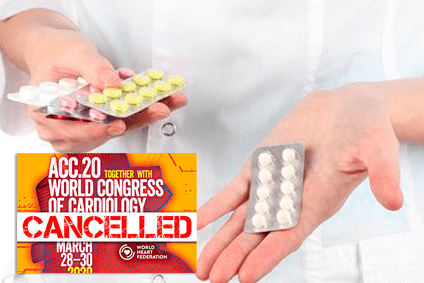In parallel to the TWILIGHT in patients with complex PCI, Dr. Angiolillo virtually presented the sub-study in diabetic patients, and it was published simultaneously in J Am Coll Cardiol. This study focuses on the clinical complexity of patients, rather than the technical complexity of the procedure itself.

The TWILIGHT-DM analyzed 2620 diabetic patients from the general study randomized to ticagrelor monotherapy vs. dual antiaggregation. Before randomization, all patients complied with a three-month dual antiaggregation period which saw no thrombotic or bleeding events.
In this cohort of diabetic patients there was a similar reduction of BARC 2, 3 or 5 bleeding (4.5% vs 6.7%; HR 0.65; CI 95% 0.47-0.91) and BARC 3 to 5 (1.1% vs 3.1%; HR 0.34; CI 95% 0.19-0.63) with ticagrelor monotherapy vs. ticagrelor + aspirin.
Same as in the general study and all sub-studies, there were no differences in death, MI or stroke between arms (4.6% vs 5.9%; HR 0.77; CI 95% 0.55-1.09). These findings continue to be true when comparing against the non-diabetic cohort.
Original Title: Ticagrelor with or without aspirin in high-risk patients with diabetes mellitus undergoing percutaneous coronary intervention.
Reference: Angiolillo DJ et al. J Am Coll Cardiol. 2020; Epub ahead of print y presentado en el ACC 2020 en forma virtual.
Subscribe to our weekly newsletter
Get the latest scientific articles on interventional cardiology
We are interested in your opinion. Please, leave your comments, thoughts, questions, etc., below. They will be most welcome.





